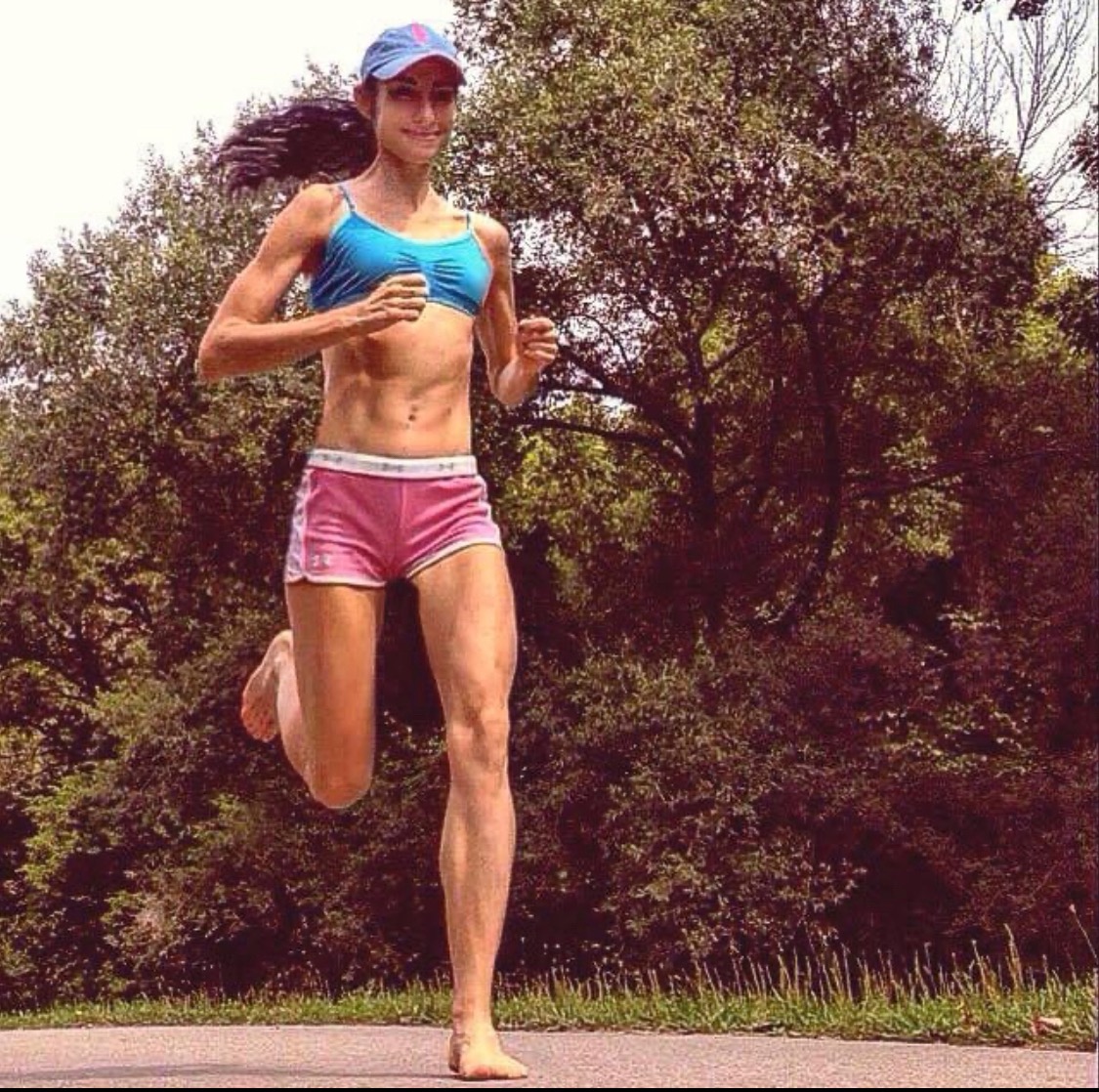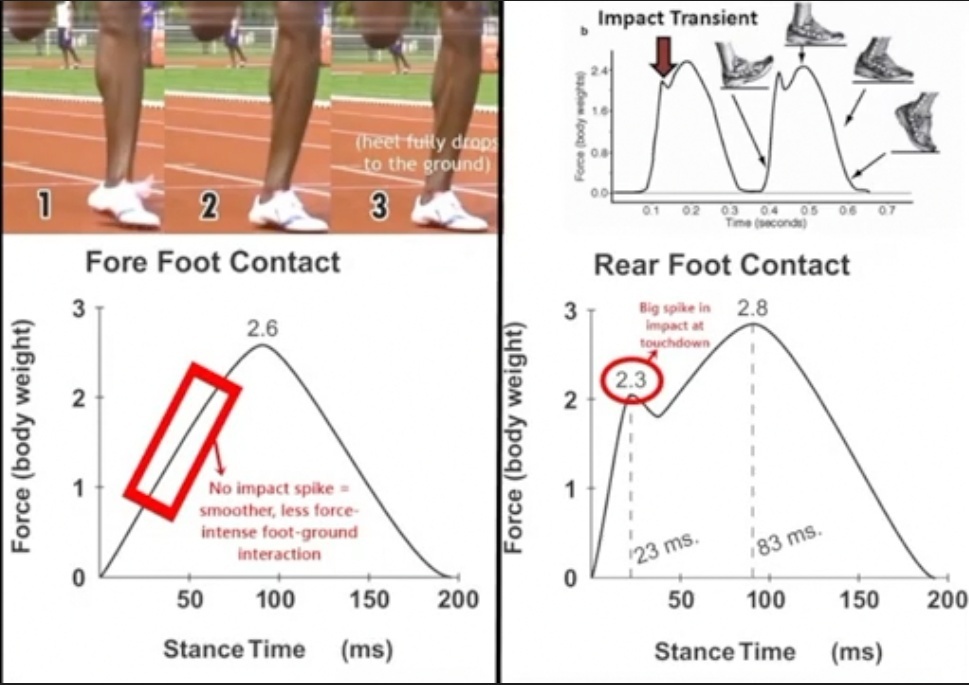Volumes of data on impact mechanics in running demonstrated that barefoot running has a track record of producing more significant advantages than disadvantages over running in thick cushioned running shoes. This is because barefoot running activates key nerves in the foot that directly improves the spinal cords natural ability to coordinate groups of muscles and reflexes that keep your entire running mechanics, such as upper body posture, stride length, stance width, step-rate and foot strike pattern (i.e. forefoot striking, not heel striking) in a safer range, thereby actually providing more effective impact protection.


The only disadvantage of barefoot running is a temporary one which is blistering, but this only happens if barefoot running is done too much, too soon. The best way to avoid blistering is to walk barefoot on harder surfaces as much as possible to thicken the skin on the sole of your bare foot. At the same time, try to run barefoot for 1 minute then walk for a few minutes, then run barefoot for another minute and repeat up to the amount that is tolerable for you! This is how incremental your barefoot running should be in the beginning.
If you do get blisters, the next best alternative to running barefoot is minimalist running shoes whereby the thinner, more barefoot-like a barefoot shoe is, the better. This is because the more you can feel the ground with your feet, the more this ground-feel instantly translates into mechanical improvements which prevents the kind of impact that causes most running injuries.
For instance, minimalist and barefoot running has been most effective in preventing heel strike, and instead, helps you engage a forefoot strike tied to less ground-contact time and less over-pronation (less extreme motions of the foot at landing and during stance), shown below:


When you can feel the ground more fully with your feet, this gives you more top-notch control of your forefoot strike which doesn’t produce the spike in impact that heel strike runners produce. This is why ground-feel is an irreplaceable resource that is the anecdote to help you move away from heel strike running and its accompanied mechanical displacements, such as over-striding, longer ground-contact time, excessive bouncing, a backwards-tilting torso and a lower cadence, all of which are the main sources of running injuries.
In that regard, here are well over 30 reasons heel strike running is the worst way to run and why forefoot running works for everyone. Here are also more ways barefoot running can make you a better in running shoes!
References:
Nicholls et al. From Neuron to Brain – 4th Ed. (2001). Sinauer Associates Inc. Sunderland, Mass. pp.303.
If you’d like, you can support Run Forefoot and help keep it going by making a donation in any amount of your choosing:


Or, you can support Run Forefoot by shopping at the BEST Barefoot Shoe Brands, and be sure to bookmark these links 🙂
Lonowear: https://lonowear.com/?ref=cedsholh
Saguaro: https://www.saguaro.com/?ref=9bVA8fEkmDvB-I
Vibram FiveFingers: https://www.anrdoezrs.net/click-7600968-11372648
Vivobarefoot: https://amzn.to/3vycQOY
Be Lenka: https://www.tkqlhce.com/click-7600968-13947200
Xero Shoes: https://xeroshoes.com/go/Run_Forefoot
Iguaneye: https://www.iguaneye.com/?ref=8tfXVc92
Soft Star Shoes: https://shrsl.com/3mp1b
Wilding Shoes: https://bit.ly/3lIygQP
Bretta Riches
BSc Neurobiology; MSc Biomechanics candidate, ultra minimalist runner & founder of RunForefoot. I was a heel striker, always injured. I was inspired by the great Tirunesh Dibaba to try forefoot running. Now, I'm injury free. This is why I launched Run Forefoot, to advocate the health & performance benefits of forefoot running and to raise awareness on the dangers of heel striking, because the world needs to know.
Latest posts by Bretta Riches (see all)
- Can You Run In Barefoot Shoes? Yes, But DON’T Heel Strike! - 21/07/2024
- Why Cushioned Running Shoes Are Really Bad for Your Feet - 19/07/2024
- Do Cushioned Running Shoes Cause Injuries? - 17/07/2024
